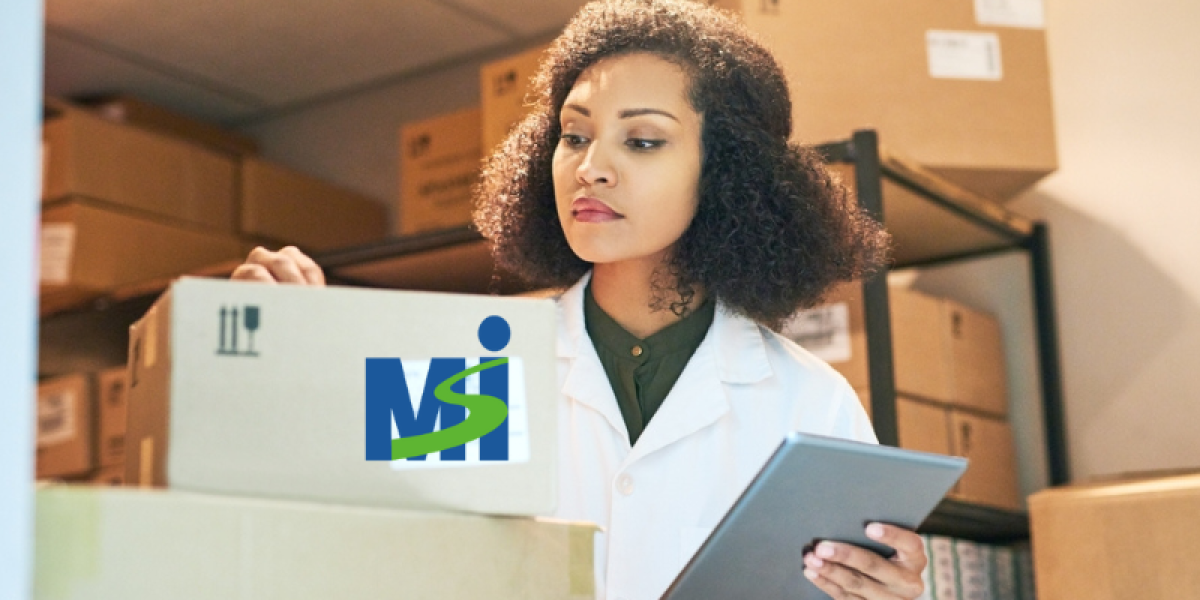Packaging and labelling are very important in medical logistics because they make sure that medicines and medical supplies get to their target quickly and safely. Whether it’s vaccines that need to be kept at an exact temperature or surgical instruments that need to be kept in a sterile environment, the way medical goods are packaged and labelled has a big effect on their quality and effectiveness. This piece goes into detail about the best ways to package and label medical supplies. It talks about important techniques, rules for compliance, and new ways to make the supply chain work better.
Understanding Medical Logistics
Medical logistics is the planning, implementing, and controlling of the movement and keeping of medical goods and services from where they are made to where they are used. It makes sure that drugs, medical devices, and other health-related supplies get to healthcare workers and patients in the best possible condition.
Importance of Proper Packaging and Labeling
In medical logistics, the main goal of packaging and labelling is to keep medical goods safe while giving clear instructions on how to handle and use them. Bad management and, eventually, harm to patients can happen when products are packaged or labelled incorrectly.
Best Practices for Packaging in Medical Logistics
1. Use of High-Quality Materials
For medical packaging to last and keep things safe from things like moisture, light, and changes in temperature, it needs to be made of high-quality materials. A strong shield against outside elements is often made of medical-grade plastics, aluminium, and glass.
2. Temperature Control Solutions
A lot of medical items, like vaccines and some medicines, need to be kept at very specific temperatures while they’re being shipped. Products will stay within the right temperature range if you use temperature-controlled packing options like insulated containers and gel packs.
3. Sterile Packaging
Surgical instruments and other sterile medical goods must be packed in sterile containers at all times. For this, materials that can go through an autoclave and bags that can be sealed to keep things germ-free until they are used are often used.
4. Tamper-Evident Packaging
Tamper-evident packaging is very important for making sure that medical goods are safe and real. It is easy to tell if a product has been opened or messed with thanks to features like breakable seals and shrink wraps.
5. Compliance with Regulatory Standards
Medical packaging has to follow rules set by groups like the WHO (World Health Organisation) and the FDA (Food and Drug Administration). To make sure safety and effectiveness, these guidelines say what materials must be used, how they must be labelled, and how they must be tested.
Best Practices for Labeling in Medical Logistics
1. Clear and Legible Information
To avoid confusion, labels must have information that is easy to read. This includes the name of the product, how much to take, when it expires, how to handle it, and any warnings or measures.
2. Use of Universal Symbols
Labels with universal symbols can help people who don’t speak the same language understand each other and give quick visual cues for dealing and storing. In medical operations, signs are often used to show things that are fragile, sensitive to temperature, or dangerous.
3. Barcode Integration
When barcodes are added to labels, they make tracking and managing goods easier. Scannable barcodes make it possible to get information in real time and lower the chance of mistakes being made by hand in the supply chain.
4. Lot and Batch Numbers
Labels must have lot and batch numbers on them so that they can be tracked. If there is a recall, these identifiers help quickly find the goods that are affected and lower the risks to patients.
5. Anti-Counterfeiting Measures
Anti-counterfeiting measures like holograms, QR codes, and RFID (Radio Frequency Identification) tags can make medical goods safer and help fight the growing problem of fake medical products.
Innovations in Medical Packaging and Labeling
1. Smart Packaging
Smart packaging uses technology like temperature sensors and GPS trackers to give real-time information about where medical goods are and how they’re doing while they’re being shipped. This new idea makes the supply line easier to see and manage.
2. Eco-Friendly Packaging
As environmental protection becomes more important around the world, medical logistics is starting to use eco-friendlier packaging like biodegradable plastics and recyclable boxes. These materials are better for the environment and don’t harm the quality of medical goods.
3. Customizable Labeling Solutions
Labelling options that are customisable let you change them to fit the needs of each product. For example, peel-off labels can add extra information or directions, which makes them easier for healthcare workers to use.
4. Blockchain for Traceability
Using blockchain technology in labels makes sure that there is a permanent record of the product’s path from the maker to the customer. This makes the medical supply chain more open and trustworthy.
Challenges in Medical Packaging and Labeling
1. Adhering to Global Standards
Medical shipping providers may find it hard to keep up with all the different rules and standards that apply around the world. To make sure compliance in different areas, you need to pay close attention to every detail and know all the foreign rules inside and out.
2. Cost Management
It can be pricey to use high-quality materials and the latest technologies in packing and labelling. In the medical transportation sector, companies are always trying to find the best balance between cutting costs and making sure they follow all the rules and protect patients.
3. Managing Supply Chain Disruptions
Unexpected events like natural disasters or pandemics can mess up the supply chain, which can make it harder to get medical goods to people when they need them. To have the least amount of effect, these possible risks must be taken into account in effective packaging and labelling methods.







